
Deutsch-Chinesische Enzyklopädie, 德汉百科
 Austria
Austria

 Belgium
Belgium
 Amber Road
Amber Road
 Denmark
Denmark
 Germany
Germany
 Estonia
Estonia
 France
France
 Greece
Greece
 Italy
Italy
 Latvia
Latvia
 Lithuania
Lithuania
 Netherlands
Netherlands
 Austria
Austria
 Poland
Poland
 Russia
Russia
 Switzerland
Switzerland
 Slovakia
Slovakia
 Slovenia
Slovenia
 Spain
Spain
 Czech Republic
Czech Republic
 Hungary
Hungary

琥珀之路(英语:Amber Road)是一条古代运输琥珀的贸易道路,这条水路和陆路结合而成的通商道路,从欧洲北部的北海和波罗的海通往欧洲南部的地中海,连结了欧洲的多个重要城市,维持了多个世纪。
在公元前后的很长一段时间,琥珀作为装饰品中的重要组成部分,被从北海和波罗的海海岸的产地,经由维斯瓦河和第聂伯河运输到意大利、希腊、黑海和埃及。琥珀之路连结了琥珀的产地和在欧洲、中东地区和远东地区的消费地,并经由另一条通商道路丝绸之路继续通往亚洲。
Als Bernsteinstraße werden verschiedene Handelswege des Altertums (Altstraßen) bezeichnet, auf denen (unter anderem) Bernstein von der Nord- und Ostsee nach Süden in den Mittelmeerraum gelangte. Genau genommen handelt es sich nicht um eine Straße, sondern um unabhängige Handelswege, die für verschiedene Handelsgüter genutzt wurden. Die Bezeichnung „Bernsteinstraße“ tritt etwa ab dem Ende des 18. Jahrhunderts auf und hat in antiken Quellen keine Entsprechung.
 China
China
 Italy
Italy
 Japan
Japan
 Legend
Legend
 Nepal
Nepal
 New Zealand
New Zealand
 Austria
Austria
 Poland
Poland
 Switzerland
Switzerland
 United States
United States
 United Kingdom
United Kingdom
 Xizang Zizhiqu-XZ
Xizang Zizhiqu-XZ
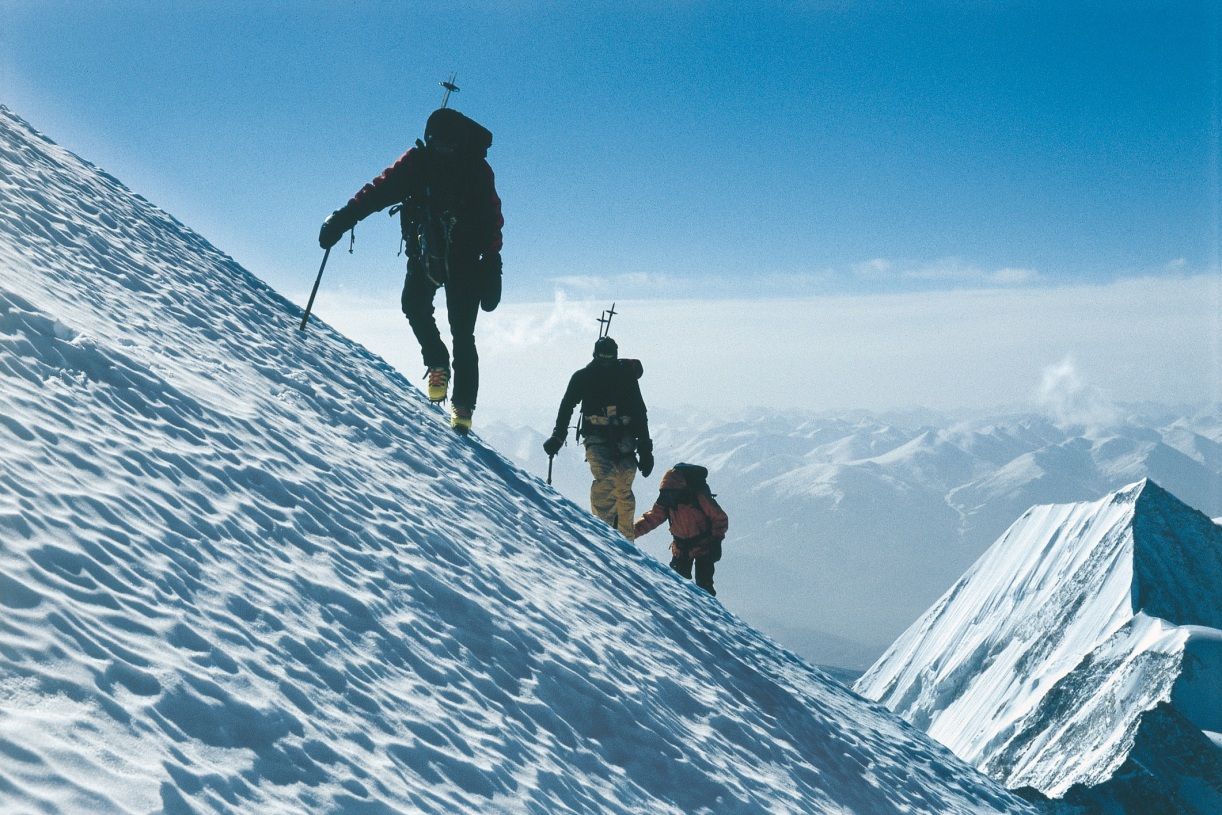

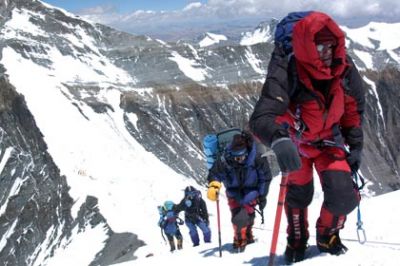
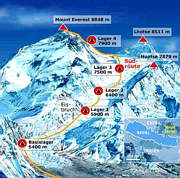

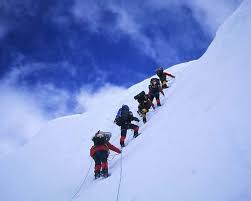
珠穆朗玛峰山体呈巨型金字塔状,威武雄壮昂首天外,地形极端险峻,环境异常复杂。雪线高度:北坡为5800—6200米,南坡为5500—6100米。东北山脊、 东南山脊和西山山脊中间夹着三大陡壁(北壁、东壁和西南壁),在这些山脊 和峭壁之间又分布着548条大陆型冰川,总面积达1457.07平方公里,平均厚度达7260米。冰川的补给主要靠印度洋季风带两大降水带积雪变质形成。冰川上 有千姿百态、瑰丽罕见的冰塔林,又有高达数十米的冰陡崖和步步陷井的明暗 冰裂隙,还有险象环生的冰崩雪崩区。(Quelle:http://news.xinhuanet.com)
珠穆朗玛峰(藏文:ཇོ་མོ་གླང་མ;藏语拼音:qomolangma;威利:jo mo glang ma,香港称珠穆朗玛峰,台湾称圣母峰),中文简称珠峰,尼泊尔名萨加玛塔峰(尼泊尔语:सगरमाथा),英国名埃佛勒斯峰(英语:Mount Everest),为地球第一高峰,属于喜马拉雅山脉,位于中国西藏自治区与尼泊尔萨加玛塔专区边界上。2005年中国国家测绘局测量的岩面高为8,844.43米(29,017.2英尺),尼泊尔则使用传统的雪盖高8,848米(29,029英尺),BBC报道称2010年起两国官方互相承认对方的测量数据[5],中国国家测绘地理信息局则在2018年2月声明否认此说法,仍采用8,844.43米数据至今[6]。它除了是海拔最高的山峰之外,也是距离地心第五远的高峰。[7]它附近的高峰包括8,516米(27,940英尺)的洛子峰、7,855米(25,771英尺)的努子峰和7,580米(24,870英尺)的章子峰。
清朝经过测绘于1719年出版的全国地图上称此峰为“朱姆朗马阿林”,但没有标出高度或用经纬度标出其位置。1856年英属印度测量局首次公布此峰的经纬度及海拔高度,主张此峰8,840米(29,000英尺)是世界第一高峰。1865年英国皇家地理学会接受印度测量局局长安德鲁·史考特·华欧的建议,将此峰命名为“埃佛勒斯峰”,以纪念前任局长乔治·埃佛勒斯。1952年,中国采用“珠穆朗玛峰”为官方名称。
珠穆朗玛峰吸引了许多登山者。主要的攀登路线有两条,一条从尼泊尔东南部出发,经过与洛子峰之间的南坳登顶,称为“标准路线”;另一条则从西藏的北部出发,经过与章子峰之间的北坳登顶。从标准路线登顶对登山技术的挑战不算高,但这条路线的风险包括雪崩、摔落山谷、高山症、冻伤和通过昆布冰瀑的危险。到2016年为止,山上有超过200具尸体,其中一些成为地标。[8][9]
据气象记载,珠穆朗玛峰山顶最低温度为-60°C,最低月平均温度为-35°C,全年平均温度为-29°C,参照北极、南极,因此也被称为“世界第三极”。[10]
Der Mount Everest ist ein Berg im Himalaya und mit einer Höhe von 8848 m der höchste Berg der Erde. Er gehört zu den 14 Achttausendern und zu den Seven Summits. Der Mount Everest ist seit 1856 nach dem britischen Landvermesser George Everest benannt. Auf Nepali heißt der Berg Sagarmatha, auf Tibetisch Qomolangma (deutsche Aussprache „Tschomolangma“; englische Umschrift Chomolungma).
Der Mount Everest befindet sich im Mahalangur Himal in der Region Khumbu in Nepal an der Grenze zu China (Autonomes Gebiet Tibet); der westliche und südöstliche seiner drei Gipfelgrate bilden die Grenze. Auf nepalesischer Seite ist er Teil des Sagarmatha-Nationalparks, der zum UNESCO-Welterbe gehört. Auf der Nordseite gehört er zum Qomolangma National Nature Reserve, das mit dem von der UNESCO ausgewiesenen Qomolangma-Biosphärenreservat korrespondiert.[1]
Edmund Hillary und Tenzing Norgay gelang am 29. Mai 1953 die Erstbesteigung des „dritten Pols“. Am 8. Mai 1978 bestiegen Reinhold Messner und Peter Habeler den Gipfel erstmals ohne zusätzlichen Sauerstoff.
エベレスト、エヴェレスト(英: Everest)、またはチョモランマ(チベット語: ཇོ་མོ་གླང་མ[1] Chomolungma, Qomolangma)、サガルマータ(ネパール語: सगरमाथा Sagarmāthā)は、ヒマラヤ山脈にある世界最高峰である。
エベレストはインド測量局(Survey of India)で長官を務めたジョージ・エベレストにちなんで命名された。
1920年代から長きにわたる挑戦の末、1953年にイギリス探検隊のメンバーでニュージーランド出身の登山家であるエドモンド・ヒラリーとネパール出身のシェルパであるテンジン・ノルゲイによって初登頂がなされた。
エベレストの標高については諸説あり、1954年にインド測量局が周辺12ヶ所で測定しその結果を平均して得られた8,848 mという数値が長年一般に認められてきた。1999年、全米地理学協会はGPSによる測定値が8,850mだったと発表した[2]。厳密には地殻変動などの影響によって標高は年々変動していると考えられている。
エベレストの南麓に位置するネパールのサガルマータ国立公園はユネスコの世界遺産に登録されている。
Mount Everest, known in Nepali as Sagarmatha (सगरमाथा) and in Tibetan as Chomolungma (ཇོ་མོ་གླང་མ), is Earth's highest mountain above sea level, located in the Mahalangur Himal sub-range of the Himalayas. The international border between Nepal (Province No. 1) and China (Tibet Autonomous Region) runs across its summit point.
The current official elevation of 8,848 m (29,029 ft), recognized by China and Nepal, was established by a 1955 Indian survey and subsequently confirmed by a Chinese survey in 1975.[1] In 2005, China remeasured the rock height of the mountain, with a result of 8844.43 m. There followed an argument between China and Nepal as to whether the official height should be the rock height (8,844 m., China) or the snow height (8,848 m., Nepal). In 2010, an agreement was reached by both sides that the height of Everest is 8,848 m, and Nepal recognizes China's claim that the rock height of Everest is 8,844 m.[5]
In 1865, Everest was given its official English name by the Royal Geographical Society, upon a recommendation by Andrew Waugh, the British Surveyor General of India. As there appeared to be several different local names, Waugh chose to name the mountain after his predecessor in the post, Sir George Everest, despite George Everest's objections.[6]
Mount Everest attracts many climbers, some of them highly experienced mountaineers. There are two main climbing routes, one approaching the summit from the southeast in Nepal (known as the "standard route") and the other from the north in Tibet. While not posing substantial technical climbing challenges on the standard route, Everest presents dangers such as altitude sickness, weather, and wind, as well as significant hazards from avalanches and the Khumbu Icefall. As of 2017, nearly 300 people have died on Everest, many of whose bodies remain on the mountain.[7]
The first recorded efforts to reach Everest's summit were made by British mountaineers. As Nepal did not allow foreigners into the country at the time, the British made several attempts on the north ridge route from the Tibetan side. After the first reconnaissance expedition by the British in 1921 reached 7,000 m (22,970 ft) on the North Col, the 1922 expedition pushed the north ridge route up to 8,320 m (27,300 ft), marking the first time a human had climbed above 8,000 m (26,247 ft). Seven porters were killed in an avalanche on the descent from the North Col. The 1924 expedition resulted in one of the greatest mysteries on Everest to this day: George Mallory and Andrew Irvine made a final summit attempt on 8 June but never returned, sparking debate as to whether or not they were the first to reach the top. They had been spotted high on the mountain that day but disappeared in the clouds, never to be seen again, until Mallory's body was found in 1999 at 8,155 m (26,755 ft) on the north face. Tenzing Norgay and Edmund Hillary made the first official ascent of Everest in 1953, using the southeast ridge route. Norgay had reached 8,595 m (28,199 ft) the previous year as a member of the 1952 Swiss expedition. The Chinese mountaineering team of Wang Fuzhou, Gonpo, and Qu Yinhua made the first reported ascent of the peak from the north ridge on 25 May 1960.[8][9]
L’Everest, en tibétain ཇོ་མོ་གླང་མ, Qomolangma ou encore Chomolungma, en népalais सगरमाथा, Sagarmāthā, aussi appelé mont Everest, est une montagne située dans la chaîne de l'Himalaya, à la frontière entre le Népal (province no 1 (en)) et la Chine (Tibet).
Il est aperçu par des Européens pour la première fois en 1847 puis, après quelques années d'observations et de calculs, son altitude est établie à 8 848 mètres et il est identifié comme le plus haut sommet du monde. Cette caractéristique lui vaut d'être baptisé de son nom actuel par les Occidentaux en 1865 et, dès les années 1920, de lui attirer l'intérêt des alpinistes qui se lancent à l'assaut de ses pentes. Plusieurs expéditions, en particulier britanniques, se succèdent depuis le versant nord au Tibet. Toutefois, les conditions climatiques extrêmes font leurs premières victimes, parmi lesquelles George Mallory et Andrew Irvine, en 1924, dont on ne saura probablement jamais avec certitude s'ils ont atteint le sommet. En 1950, le Népal autorise l'accès à la montagne depuis le sud offrant des possibilités d'ascension par l'arête Sud-Est, moins périlleuse. Finalement, trois ans plus tard, Edmund Hillary et Tensing Norgay réussissent à vaincre l'Everest. Dès lors, les exploits en tous genres s'enchaînent, alimentant les fantasmes populaires ; mais, en 1996, une série d'accidents mortels vient rappeler les dangers liés à la montagne, portant de nos jours à plus de 200 le nombre de victimes. Pourtant, le tourisme de masse se popularise, fragilisant le milieu naturel malgré les créations du parc national de Sagarmatha en 1976 et de la réserve naturelle du Qomolangma en 1988. Ainsi, plus de 14 000 alpinistes ont tenté l'ascension depuis 1922 et plus de 4 000 l'ont réussie, bien aidés, pour la majorité d'entre eux, par les porteurs sherpas.
Il monte Everest (pron. /ˈɛverest/[1]) è la vetta più alta del continente asiatico e della Terra con i suoi 8 848 m di altitudine s.l.m., situato nella catena dell'Himalaya assieme ad altri ottomila, al confine fra Cina e Nepal. Rientra dunque nelle cosiddette Sette Vette del Pianeta.
El monte Everest es la montaña más alta del planeta Tierra, con una altitud de 8.848 metros (29 029 pies) sobre el nivel del mar.1 Está localizada en el continente asiático, en la cordillera del Himalaya, concretamente en la subcordillera de Mahalangur Himal; marca la frontera entre China y Nepal, considerada como la frontera más alta del mundo.[cita requerida] El macizo incluye los picos vecinos Lhotse, 8516 m (27 940 pies); Nuptse, 7855 m (25 771 pies) y Changtse, 7580 m (24 870 pies).

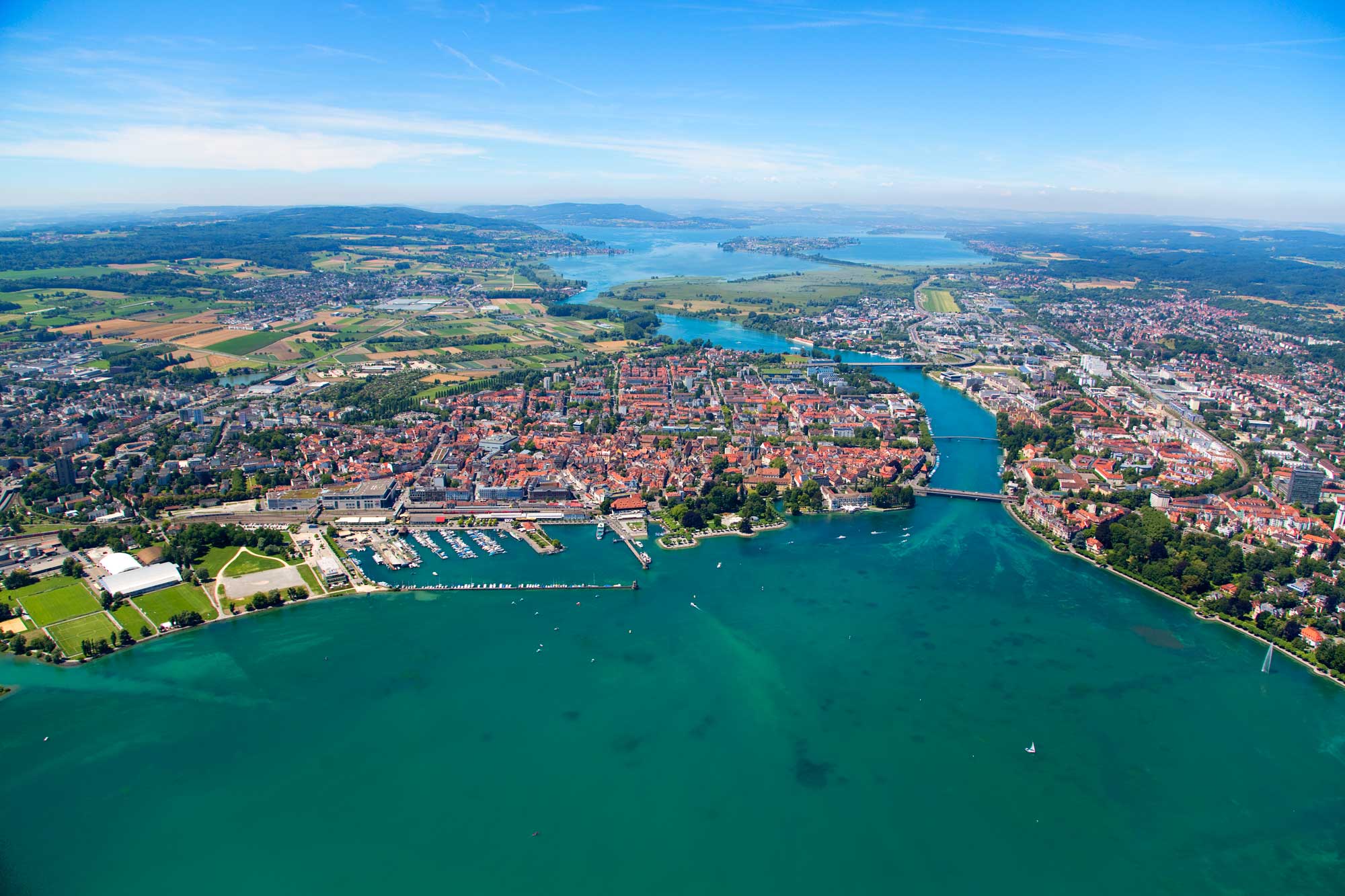

博登湖地处瑞士、奥地利、德三国交界处,是德国境内最大的湖泊,也是风景优美的旅游地。 旅游者可从岛城林道出发游览博登湖。在林道你首先看到的是残堡曼格塔。哥特式建筑旧市政厅,罗马式建筑圣彼得教堂、富藏美术作品的卡瓦尚之屋等。在距林道不远的奥地利城市布雷根茨,每年7,8月间的歌剧节非常有名。在与瑞士交界处的罗尔沙赫,当年玉米市场的遗迹赫然在目。圣加仑大修道院藏有丰富的图书。康斯坦茨有博登湖畔大学城之称,其尼德堡老区街道窄小曲折又错综复杂,如同迷宫。沿莱茵河南下到博登湖西岸,可以欣赏莱茵河道从150米渐次降低 21米的壮观景象。湖中赖谢瑙岛有堤与德国本土相连,是德国最重要的园艺中心。梅尔斯堡是德国境内保存最完善的中世纪城市,这里有德国最古老的城堡之一古堡,还有以壮丽堂皇的楼梯而闻名的新堡。
博登湖(德语:Bodensee),也称康斯坦茨湖(英语:Lake Constance),位于瑞士、奥地利和德国三国交界处,由三国共同管理,湖区景色优美,风景迷人。博登湖由三部分:上湖(Obersee)、下湖(Untersee)和Seerhein组成。
Die Bezeichnung Bodensee steht für zwei Seen und einen sie verbindenden Flussabschnitt des Rheins, nämlich den Obersee (auch alleine Bodensee genannt), den Seerhein und den Untersee. Der Bodensee liegt im Bodenseebecken, das Teil des nördlichen Alpenvorlandes ist, und wird vom Rhein durchflossen.
Dieser Artikel behandelt neben dem Bodensee selbst auch die umgebende Bodenseeregion, die sich je nach räumlicher Definition weit ins Hinterland erstreckt.
Drei Staaten haben Anteil an Bodensee und Bodenseeregion: Deutschland, Österreich und die Schweiz. Während es im Untersee eine anerkannte Grenzziehung zwischen Deutschland und der Schweiz gibt, wurde von den Anrainerstaaten des Obersees nie einvernehmlich eine Grenze festgelegt.
ボーデン湖(ドイツ語: Bodensee)はドイツ、オーストリア、スイスの国境に位置する湖。コンスタンツ湖とも称される[1]。アルプス地方ではレマン湖についで第二の規模で、面積は約536平方キロ[2]。ボーデン湖の湖畔には、コンスタンツ、フリードリヒスハーフェン、リンダウ(以上はドイツ)や、ブレゲンツ(オーストリア)などが位置しており、多くの観光客を集めている。湖畔でブドウが栽培されており、沿岸地域ではワイン生産が盛んである。ボーデン湖にはライン川が流れ込んでおり、ここからさらにドイツへと流出していく。ボーデン湖を出て間もなく激流となり、ライン滝へと一気に流れ込む。ライン川への流出とは別に、ボーデン湖の水はドイツで有効に活用されている。パイプラインを通じてシュトゥットガルトなどの工業都市へと運ばれ、工業用水などに用いられる。
湖にうかぶ島、マイナウ島は島全体が庭園となっており、花の島ともよばれる。マイナウ城や様々な庭園が観光地となっている。同じく湖に浮かぶライヒェナウ島は世界遺産に登録されている。
Lake Constance (German: Bodensee) is a lake on the Rhine at the northern foot of the Alps, and consists of three bodies of water: the Obersee or Upper Lake Constance, the Untersee or Lower Lake Constance, and a connecting stretch of the Rhine, called the Seerhein. These waterbodies lie within the Lake Constance Basin (Bodenseebecken), which is part of the Alpine Foreland and through which the Rhine flows.[2][3]
The lake is situated where Germany, Switzerland, and Austria meet. Its shorelines lie in the German states of Bavaria and Baden-Württemberg, the Swiss cantons of St. Gallen, Thurgau, and Schaffhausen, and the Austrian state of Vorarlberg. The Rhine flows into the lake from the south, with its original course forming the Austro-Swiss border, and has its outflow on the "Lower Lake" where — except for Schaffhausen — it forms the German-Swiss border until the city of Basel.[4][5]
The most populous cities on the lake are Constance (German: Konstanz), Friedrichshafen, Radolfzell am Bodensee, Bregenz, and Lindau (Bodensee). The largest islands are Reichenau in the Lower Lake, and Lindau and Mainau in the Upper Lake.
Le lac de Constance (Bodensee en allemand) est un ensemble de plusieurs plans d'eau situés au nord des Alpes, à la frontière entre l'Allemagne, la Suisse et l'Autriche, alimenté principalement par le Rhin.
Il lago di Costanza, o lago Bodanico, (in tedesco Bodensee, conosciuto anche come Schwäbisches Meer, Lacus Venetus per i Romani) è un lago sul fiume Reno, posto al confine tra Germania, Svizzera e Austria.
El lago de Constanza (en alemán, Bodensee) está rodeado por Alemania, Austria y Suiza. Su superficie es de 536 km² y el nivel medio está a 395 m de altitud. El río Rin entra en el lago por el sureste cerca de Bregenz (Austria) y sale del lago por el oeste en Stein am Rhein (Suiza).1
En su área de influencia viven alrededor de 2,5 millones de personas, mayoritariamente de habla alemana. Constanza es la ciudad más grande, a orillas del lago y con más de 83 000 habitantes. Atravesando esta ciudad, el Rin sale del lago, dirigiéndose al mar del Norte. Algunos lugares destacados en sus alrededores son Friedrichshafen, Bregenz, Lindau y Meersburg. En el Lago de Constanza termina la ruta turística arquitectónica Ruta alemana de arquitectura de entramados.
Бо́денское о́зеро (нем. Bodensee; устар. Констанцское озеро[4]) — озеро, находящееся в Предальпах на границе Германии, Швейцарии и Австрии[5]. Говоря о Боденском озере, имеют в виду три водоёма: Верхнее озеро (нем. Obersee), Нижнее озеро (Untersee) и Рейн (Seerhein), который соединяет два этих водоёма.


波希米亚林山(德语:Böhmerwald;英语:Bohemian Forest),又依捷克语译作舒马瓦山(捷克语:Šumava),是位于中欧的一个浅山地带。该山区从捷克境内的南波西米亚地区一直延伸至奥地利与德国的巴伐利亚地区。这片山脉形成了捷克与德国、奥地利的天然边界。
Der Böhmerwald, tschechisch Šumava (ausgesprochen Schumawa, anhörenⓘ/?), ist eine etwa 120 km lange und bis zu 50 km breite Bergkette, die sich entlang der tschechisch-deutsch-österreichischen Grenze erstreckt. Er ist nach Riesengebirge (1603 m) und Altvatergebirge (1491 m) das dritthöchste Rumpfgebirge der Böhmischen Masse. Der höchste Berg des Böhmerwaldes ist mit 1456 m der Große Arber. Der Asteroid des mittleren Hauptgürtels (2403) Šumava wurde nach dem Gebirge benannt.

 Life and Style
Life and Style

 Music
Music
 Austria
Austria

 Companies
Companies

 Companies
Companies
 *Centuries-old companies in the world
*Centuries-old companies in the world

 Companies
Companies
 Germany, Austria, Switzerland
Germany, Austria, Switzerland

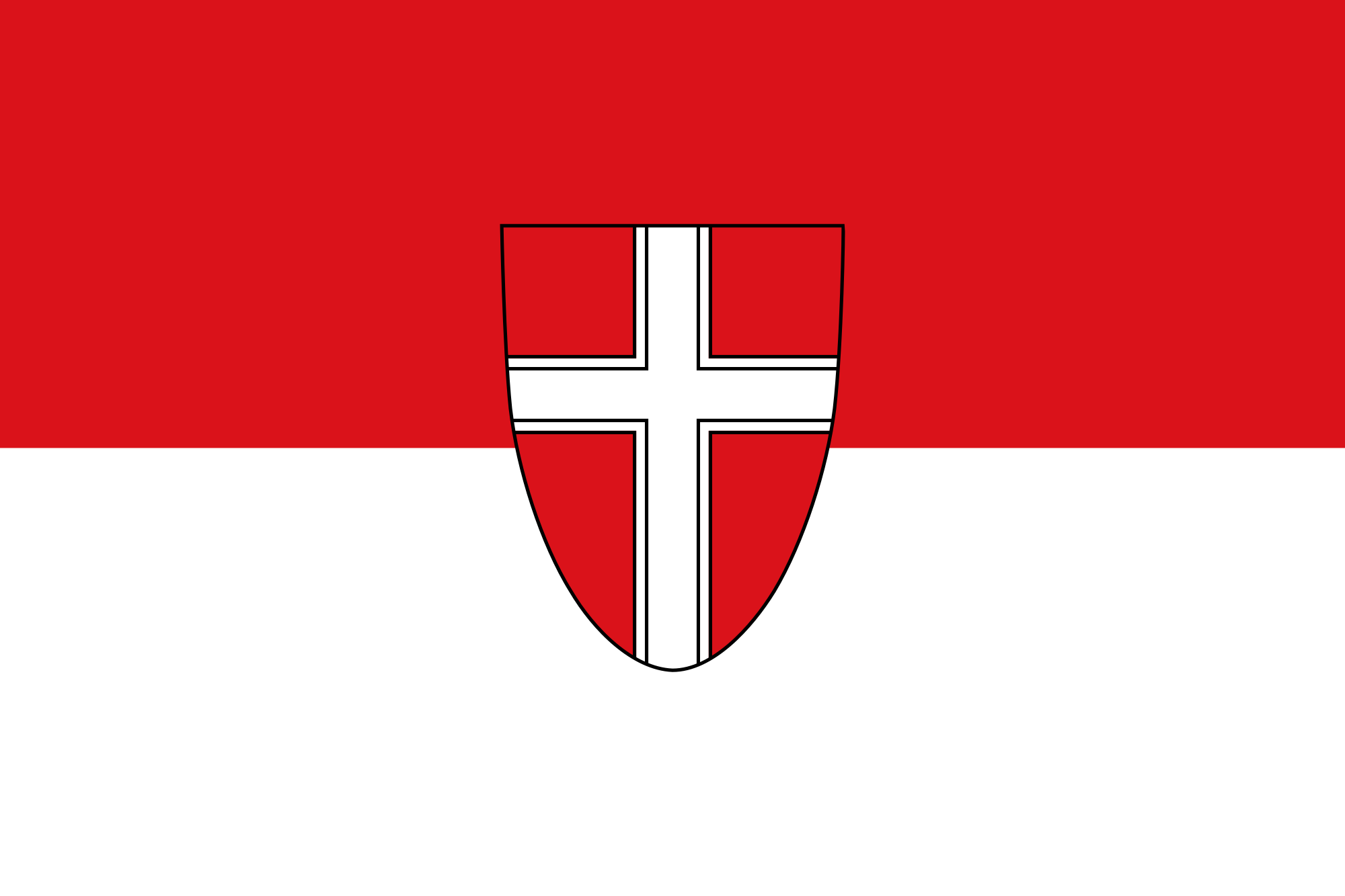 Vienna
Vienna



Bregenz (standarddeutsche Aussprache: [ˈbreːɡɛnt͡s], anhörenⓘ/?, vorarlbergerisch: [ˈbreaɡɐt͡s]) (lateinisch Brigantium) ist die Landeshauptstadt des österreichischen Bundeslandes Vorarlberg und Hauptstadt des gleichnamigen Bezirks. Die Stadt hat den größeren der beiden österreichischen Bodenseehäfen, ist Eisenbahnknotenpunkt sowie Sport- und Kulturzentrum. Gemessen an der Einwohnerzahl ist Bregenz nach Dornbirn und Feldkirch die drittgrößte Stadt Vorarlbergs, die Agglomeration ist allerdings mehr als doppelt so groß wie die Stadt selbst.
布雷根茨(德语:Bregenz,德语发音:[ˈbʁeːgɛnt͡s] (ⓘ))是奥地利西部的一座城市,福拉尔贝格州首府,位于欧洲第三大淡水湖博登湖东岸,普芬德山山脚,是莱茵河谷与德国阿尔卑斯山山麓的交汇处。
它最出名的活动,是每年夏季会在博登湖畔举办的布雷根茨音乐节 。

Die Bregenzer Festspiele sind ein Opern-, Musik- und Theaterfestival, das jährlich im Juli und August in der Vorarlberger Landeshauptstadt Bregenz in Österreich stattfindet.
布雷根茨音乐节(德语:Bregenzer Festspiele)是奥地利布雷根茨举办的艺术表演节庆。每年七月至八月间可见主要的展演活动,另外在五月至八月期间皆有售票的导览行程[2]。此节庆源起于1946年,以在博登湖畔举办闻名。
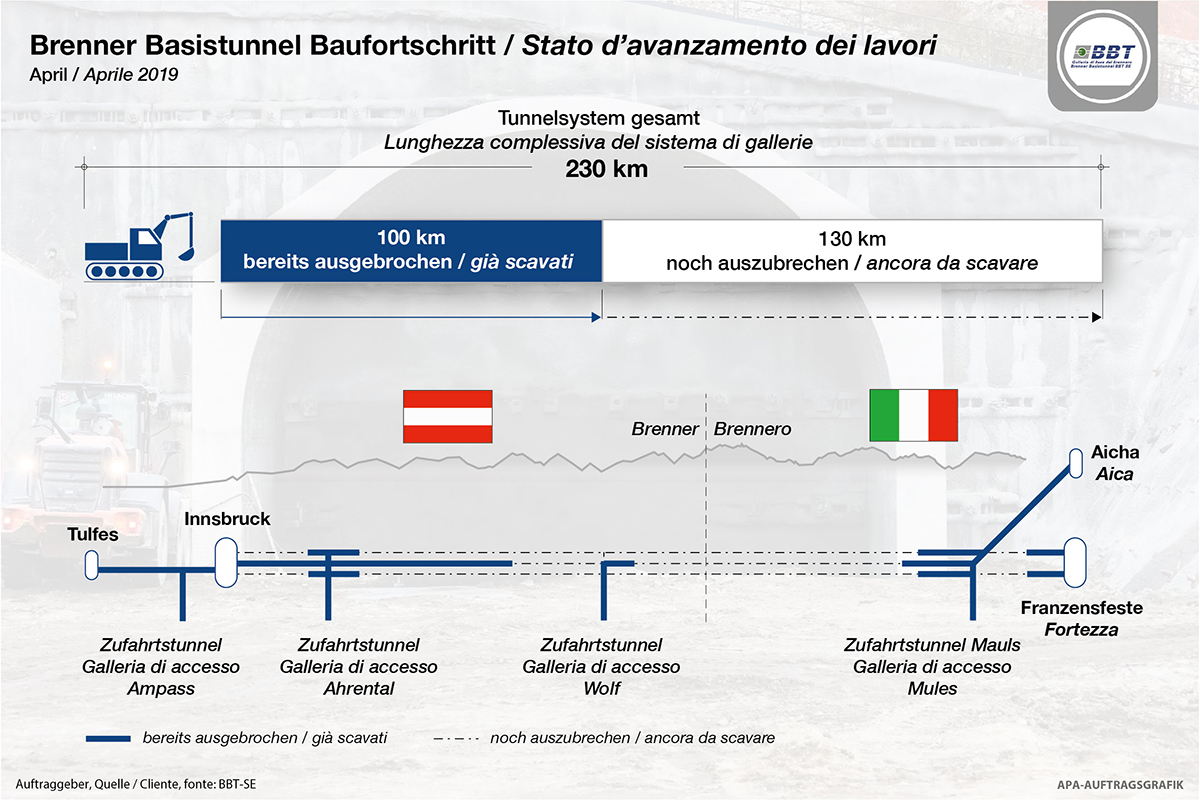



 Architecture
Architecture
 Sport
Sport
 Tyrol
Tyrol
 Vacation and Travel
Vacation and Travel
 History
History
 Eat and Drink
Eat and Drink
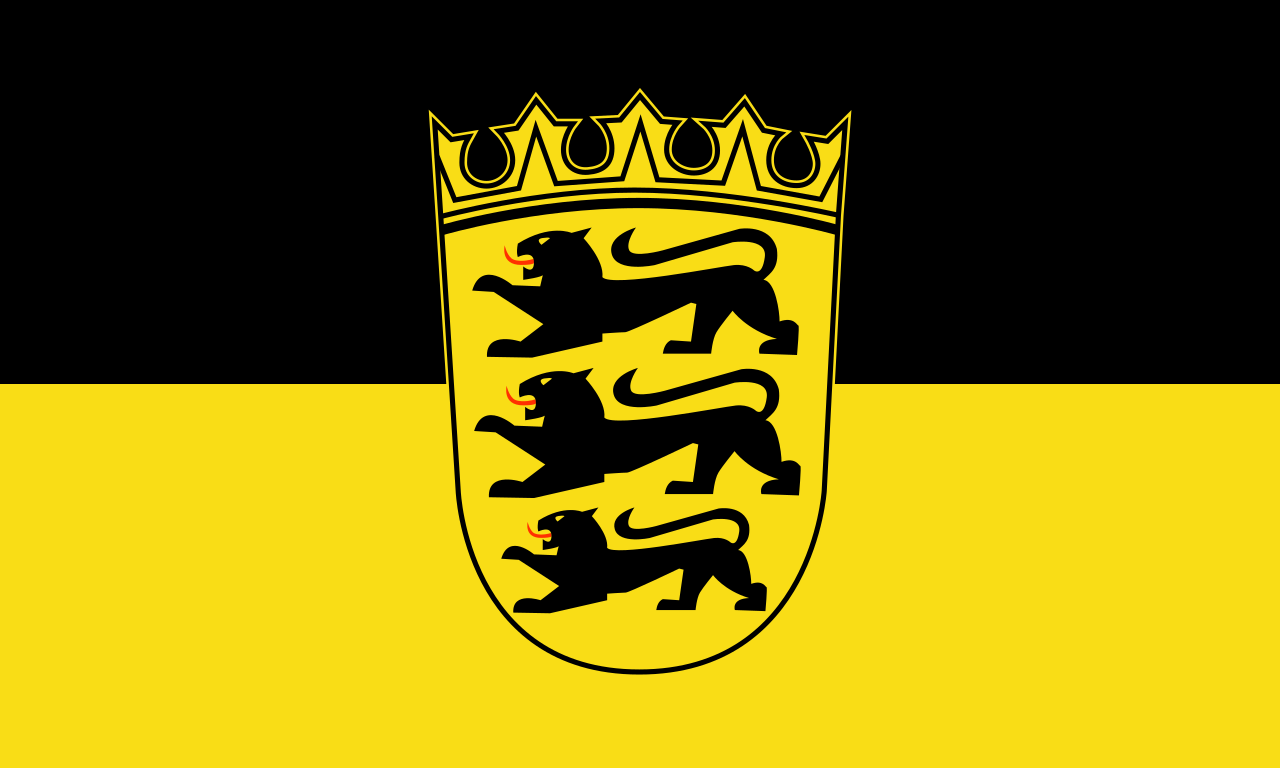 Baden-Wuerttemberg
Baden-Wuerttemberg
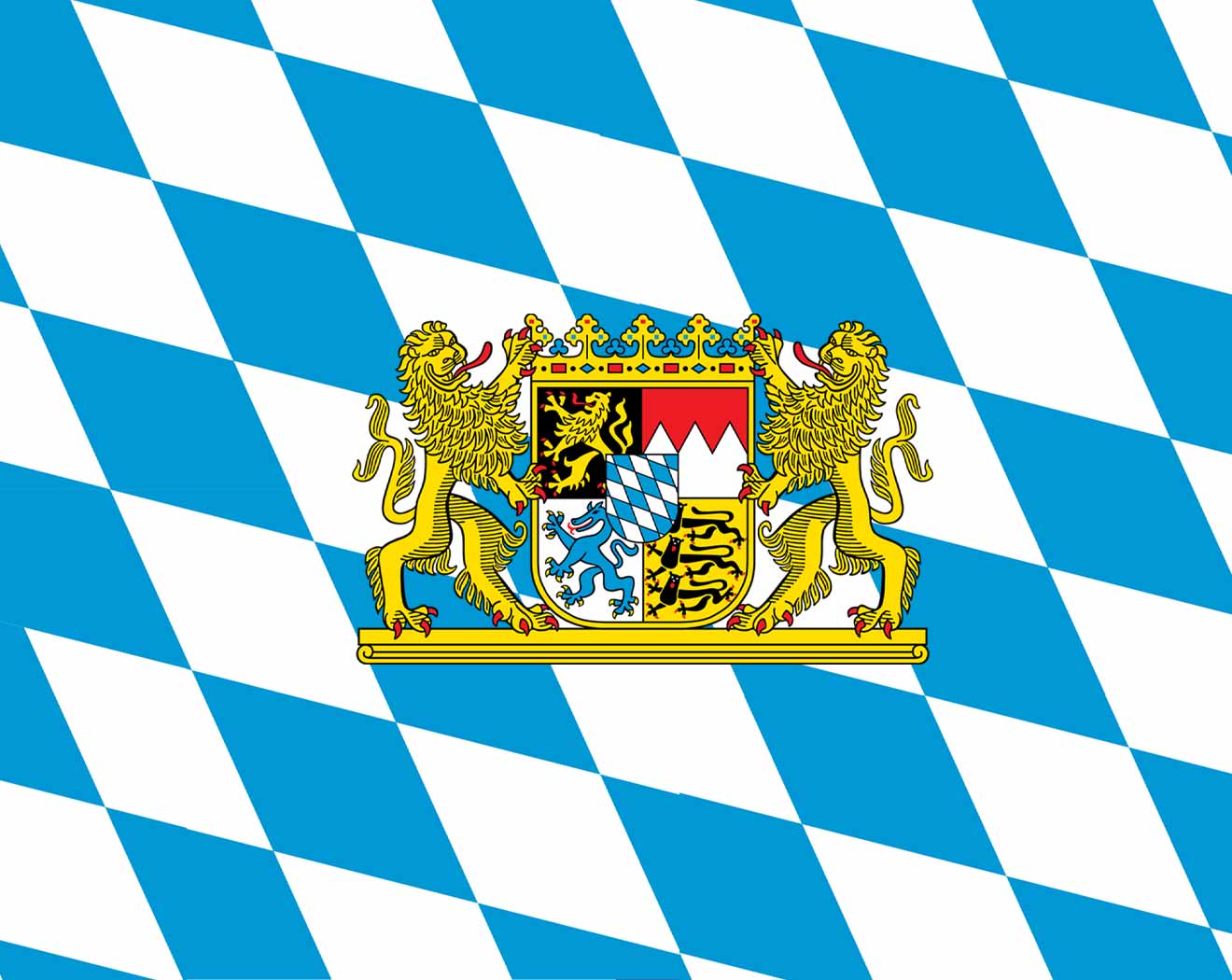 Bavaria
Bavaria
 Geography
Geography
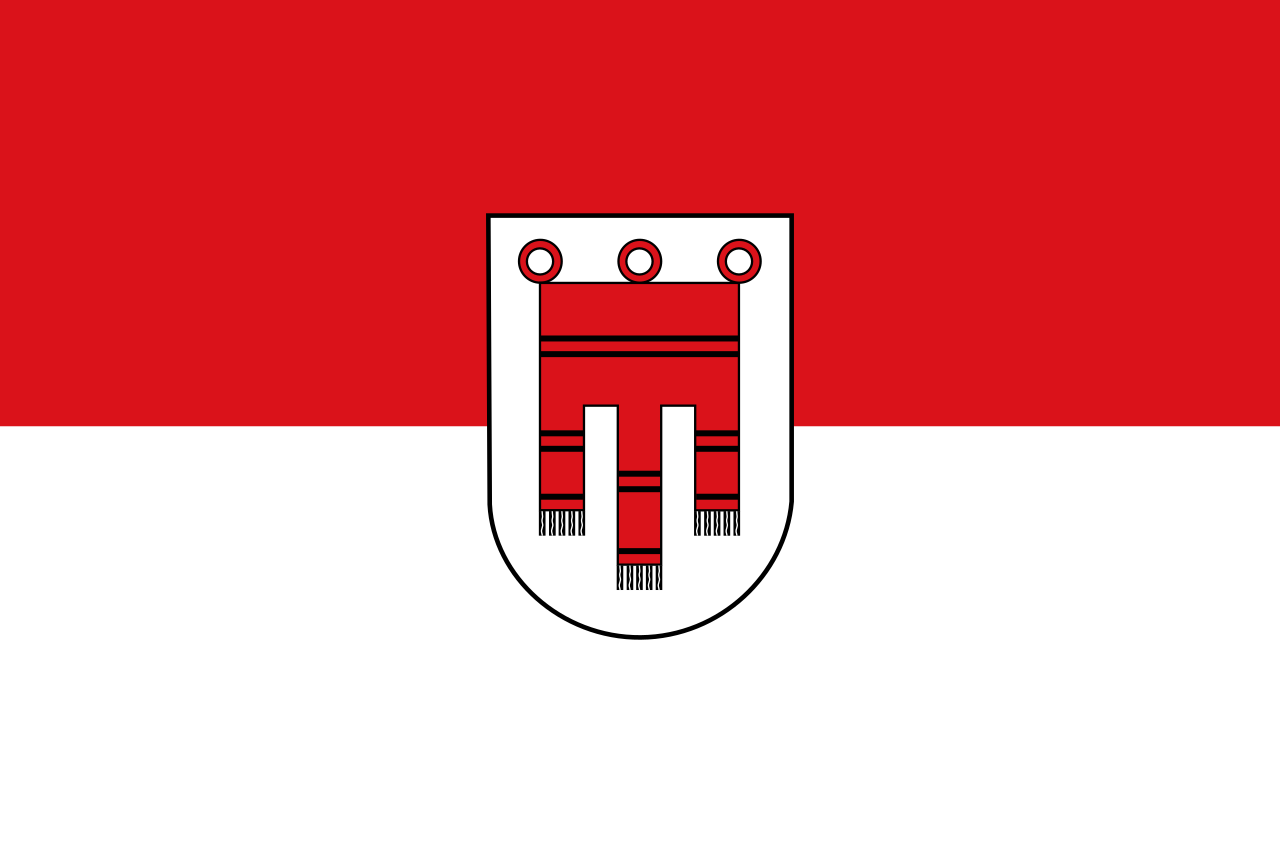 Vorarlberg
Vorarlberg
 Musical instrument
Musical instrument
 International cities
International cities
 Performing Arts
Performing Arts
 Party and government
Party and government